29 Dec January 2023 Yellowbill

Editor’s Note
The Yellowbill is published monthly except in June, July and August. It is edited by Robert Snow (rsnow@fresnoaudubon.org) except for the Member Photos section, which is edited by Clayton Dahlen (dahlenmc@yahoo.com). Archived issues are available at https://fresnoaudubon.org/the-yellowbill/.
President’s Message
Greetings, FAS members and friends. I hope this message finds you well!
Happy New Year! It is tough to believe that 2022 is behind us and we are now in 2023. This past year has been a productive one for FAS, with general meetings held each month, in-person field trips resuming, the return of Introduction to Birding classes (not just at the River Center, but also at Intermountain Nursery!), and partaking in events such as the Fresno Rainbow Pride Festival and the Clovis Botanical Garden Fall Plant Sale. We want to thank everyone who has attended our meetings, field trips, classes, and other public events, helping to make 2022 the success that it was for FAS.
We have numerous events scheduled for January 2023, which are listed below:
- Wednesday, January 18⏤Avocado Lake/Choinumni Park, 7:45 AM-1:00 PM
- Saturday, January 21⏤Merced Grasslands IBA/Merced National Wildlife Refuge, 6:45 AM – 5:45 PM
- Saturday, January 21⏤Introduction to Birding class at the River Center, 9:00 AM – 12:00 PM
- Saturday, January 28⏤River West Open Space, 8:00 AM – 12:30 PM
Anyone interested in these and other upcoming events can check out the FAS event calendar for more information and links to registration: https://fresnoaudubon.org/event-calendar/.
We would like to remind everyone of the current requirements for attending FAS in-person field trips and classes. We are no longer requiring that participants be fully vaccinated. Masks are now optional for all FAS outdoor events. We still require that participants must not be exhibiting any symptoms of Covid-19. Registration is still REQUIRED for all in-person field trips, and participants must register individually. We appreciate your understanding and cooperation.
Thank you again to all of those who attended the December 13 general meeting. Photographer Robert Groos talked to us about the life of Wild Turkeys in the Sierra Nevada, which was a very entertaining presentation! If you missed Robert’s talk and would like to view the presentation, you can find it and other general meeting presentations on our YouTube channel at https://www.youtube.com/user/FresnoAudubon.
The next FAS general meeting is scheduled for Tuesday, January 10. Julie Brown, Raptor Migration and Programs Director at Hawk Migration Association of North America (HMANA) will be talking to us about the organization’s current programs and the work they do, as well as HawkCount.org, which is the largest citizen science database in the world. For links to registration, please check FAS social media, email announcements, or the FAS event calendar at https://fresnoaudubon.org/event-calendar/.
The 2022 Lost Lake Christmas Bird Count was held on Saturday, December 17. A total of 45 observers took part in the counting activities. A total 233.08 miles were covered, 178.53 by car and 54.55 by foot. A total of 97.13 hours were spent counting birds, 33.31 by car and 63.82 by foot. A total of 126 species were observed, and a grand sum of 26,847 individuals were counted. The most numerous species was the California Gull, which came in at 7,389 individuals. The closest contenders were European Starling, which came in at 2,129 individuals, and Red-winged Blackbird which came in at 1,764 individuals. Twelve species were seen in all sections, and these were Mourning Dove, Anna’s Hummingbird, Red-tailed Hawk, Northern Flicker, Black Phoebe, California Scrub Jay, Ruby-crowned Kinglet, Northern Mockingbird, House Finch, Spotted Towhee, White-crowned Sparrow, and Yellow-rumped Warbler. There were 19 species that were seen in only one section. Some of the more notable among these were Snow Goose, Wild Turkey, Burrowing Owl, Hutton’s Vireo, Steller’s Jay, and California Thrasher, each of which came in at a single individual. Another highlight of the count was a continuing pair of White-throated Sparrows at Lost Lake (pictured below), and another individual spotted in the Riverview Shopping Center east of Woodward Park. I want to personally thank all of those who participated-this count would not be possible without your help! Please reach out to me at tanagergirl@gmail.com if you’d like a complete list of the species observed or if you have any other questions regarding the count.
I’d like to remind all of you that FAS is on Facebook, Instagram and YouTube. Please give FAS a follow if you haven’t already! This is a great way to engage with us and stay in the loop!
Please take care of yourselves!
Rachel Clark
Fresno Audubon Society President
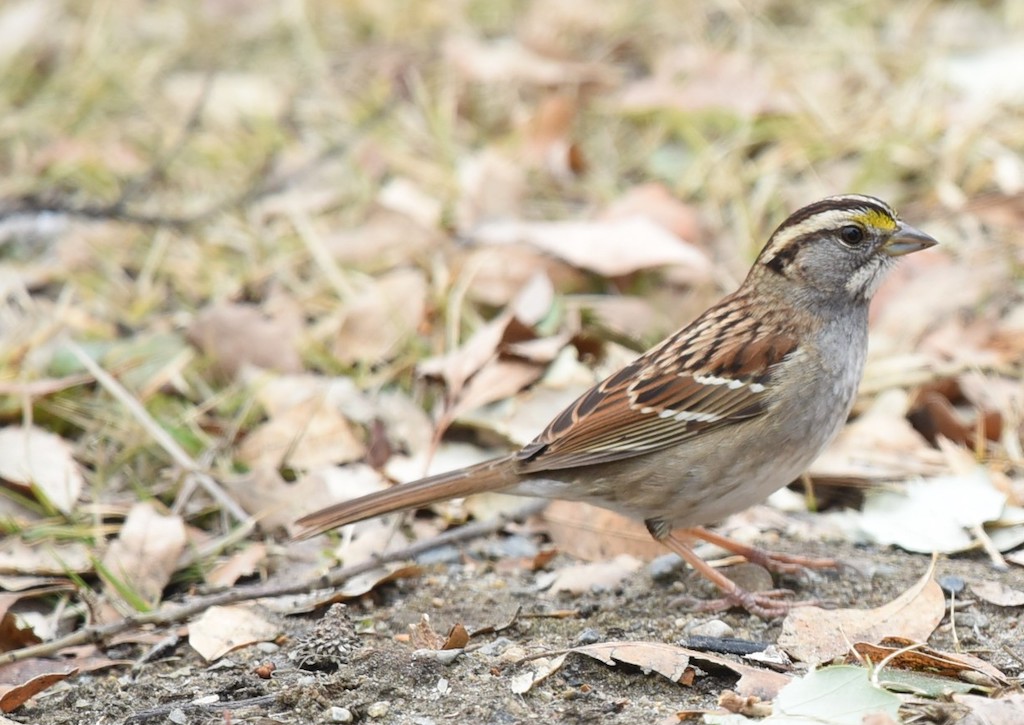
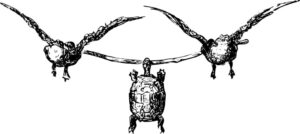
Membership
Fresno Audubon’s (FAS) annual membership year runs from September 1st through August 31. Thank you to all of you who generously support Fresno Audubon by paying annual membership dues. Your support makes it possible for FAS to host outstanding speakers on our Zoom General Meetings, maintain our website, conduct guided field trips, teach introductory birding classes, maintain the bird feeding station at the River Center, conduct multiple bird surveys, and advocate for regional and local bird-related issues. To learn more about our work, download our 2020 Annual Report.
FAS members also have exclusive access to the FAS Birding Resource Guide, an online compilation of Central Valley birding resources, and new members receive a FAS sticker that displays the Fresno Audubon logo and website.
Fresno Audubon Society membership levels are:
$15 Student
$25 Individual
$35 Family
$1000 Golden Eagle (Life)
Fresno Audubon Society
PO Box 3315
Fresno, CA 93650
Thank you for your continuing support of Fresno Audubon Society!
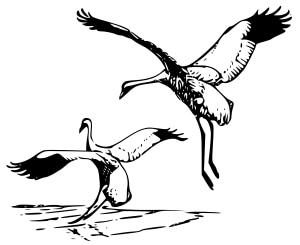
Fresno Philharmonic Concert on January 22
by Patricia B. Libby
The Fresno Philharmonic’s Bird Tales Masterworks concert will be on Sunday, January 22, 2023 at 3:00 pm in the William Saroyan Theatre. The conductor will be the Philharmonic’s creative and multi-talented Music Director Rei Hotoda.
This concert is being sponsored in tribute to my dear husband Robert M. Libby, 1937-2012, who was an FAS birder and board member.
According to the Philharmonic’s 2022-23 season’s brochure, “Prepare to take flight! From the first notes of Aghaci & Jacobsen’s Ascending Bird, we find ourselves transported into the textural world of a bird’s attempted flight into the sun. Saint-Saens’s soothing The Swan and commanding Cello Concerto No. 1 feature the inimitable talents of Armenian cellist Narek Hakhnazaryan, while Respighi’s Fountains of Rome and Stravinsky’s Firebird Suite close out the program with compositional intrigue that is at once frenetically playful and undeniably powerful.”
Immediately after the concert, Music Director Rei Hotoda will lead a fun, behind the scenes talk-back session in the lower lobby. There will also be complimentary light refreshments.
Tickets are available online at fresnophil.org or by calling 559-261-0600. Friends of the Fresno Audubon Society can save 20% by entering the coupon code AUDUBON at online checkout or when calling for tickets.
I would love to see FAS members and birders enjoy this special concert!

January General Meeting
Monitoring migratory raptors in the Americas
Julie Brown
Tuesday, 10 January 2023

Speaker Bio
Julie Brown is the Raptor Migration and Programs Director at HMANA since 2008. Prior to her work at HMANA, she migrated throughout the US and tropics working as field biologist primarily with raptors, focusing on human impact studies, migration research and behavioral studies. Julie received her BS in Wildlife Ecology at the University of Maine and received her MS in Conservation Biology from Antioch University New England where she studied Peregrine Falcon migration in Costa Rica. She lives in New Hampshire with her husband who she met hawk-watching and her two bird-loving children.
Program Description
Julie will be speaking about the Hawk Migration Association of North America, their current programs and the work they do to support the raptor migration monitoring network. She will talk about HawkCount.org, the largest citizen science database in the world, and how these data are being used to determine raptor population trends across the continent.
To receive the Zoom link for the meeting, please register here.
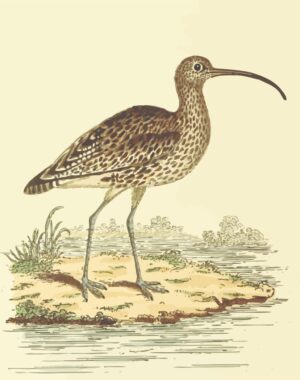
General Meeting Speaker Schedule
Following is the schedule for future speakers. This schedule is subject to change due to cancelations. Check the FAS events calendar for the latest information: https://fresnoaudubon.org/events.

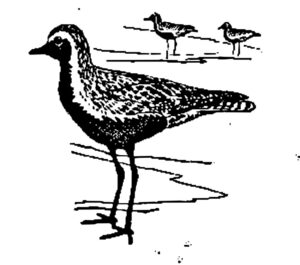
Introduction to Birding Classes at the River Center
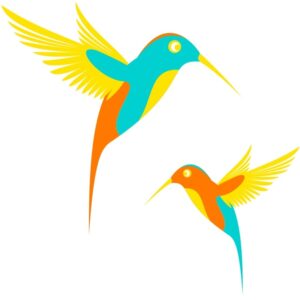
January Field Trips
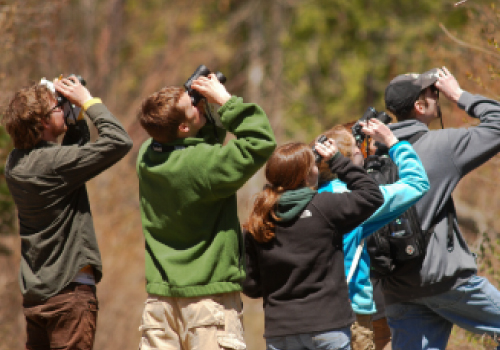
FIELD TRIP GUIDELINES DURING THE COVID-19 PANDEMIC ⏤ Fresno Audubon Society is offering field trips during the now-endemic COVID-19, subject to the following rules. With the continuing risks of exposure and potential illness, everyone must determine their own level of risk aversion. The CDC has recommended that masks should be optional when outdoors. It has been shown that a well-fitting N95 mask protects the wearer for several hours from an infectious dose of virus, so anyone concerned about exposure can choose to wear a mask near others if they feel at risk. Following are our current guidelines for our field trips.
- Participants must pre-register individually using the FAS event registration system.
- Participants must self-screen their own temperature before the outing and must not attend if they are feverish.
- Participants must consent to Fresno Audubon Society’s Liability Waiver by pre-registering.
- Social distancing is encouraged.
- Masks are not required, but participants are encouraged to wear a mask whenever they feel the need.
- Some field trips meet up at a central point before traveling to the field trip location. Participants may form their own car pools at these meetup points.
- Participants must contact their trip leader should they test positive for COVID-19 within three days following the outing so that we can notify others who attended the trip.
Wednesday 18 January 2023 ⏤ Avocado Lake/Choinumni Park with Larry Parmeter
Checklist: binoculars, scope, field guide, snacks, lunch, water, sunscreen, hat, radios
Registration is required for this event. Any questions, please contact trip leader Larry Parmeter at( 559) 288-3456, llanpar362@gmail.com. Register Here.
Saturday 21 January 2023 ⏤ Merced Grasslands IBA and Merced National Wildlife Refuge with Jeff Seay
Jeff Seay will lead this trip through the Merced Grasslands Important Bird Area finishing at Merced National Wildlife Refuge. Meet at the Walmart parking lot at Ashlan and Blackstone at 6:45 am for a 7 am departure. The trip will cover the Madera County’s foothill Grasslands on the way to the Merced Wildlife Refuge. We expect to see wintering raptors and other birds of the low foothills and grasslands. We will mostly be driving and getting out of the car periodically with possible small walks. At the end of the trip we will enjoy the spectacle of Sandhill Cranes, Snow and Ross’s geese, and other waterfowl. It will last most of the day, ending about 5:45 at the refuge.
Checklist: binoculars, spotting scopes, cameras, radios, jackets, lunch/snacks, water, and insect repellent.
Registration for this trip is here.
Trip leader: Jeff Seay, (559) 960-0849, jeffseay@sbcglobal.net
Saturday 28 January 2023 ⏤ River West Open Space with Susan Estep
Join Fresno Audubon for a bird hike at River West Open Space on Saturday January 28. We will meet at the River West Access (map below), River View Dr and W Bluff Ave at 8 a.m. This is a rich area with many target species. We can expect to see a wide variety of ducks, including Goldeneye, Mergansers, and Bufflehead. There are many resident raptors – including Red-tailed and Red-shouldered Hawks, and occasional Osprey and Bald Eagle sightings. There are many songbirds waiting to be discovered as well – sparrows, Ruby-crowned Kinglets, Blue-gray Gnatcatchers, Anna’s Hummingbirds, and Loggerhead Shrikes. It is not unusual to log more than 40 species.
Checklist: binoculars, spotting scopes, cameras, radios, jackets, lunch/snacks, water, and insect repellent.
The trip leader is Susan Estep. She can be reached at (402)212-1215 or sbse820@gmail.com if you have any questions. There is plenty of on street parking available on River View Dr and W Bluff Ave. It is about a 3-mile loop of flat walking. There are no restrooms or water available so come prepared!

Field Trip Schedule
This schedule is subject to change due to cancelations. Check the FAS events calendar for the latest information: https://fresnoaudubon.org/events.
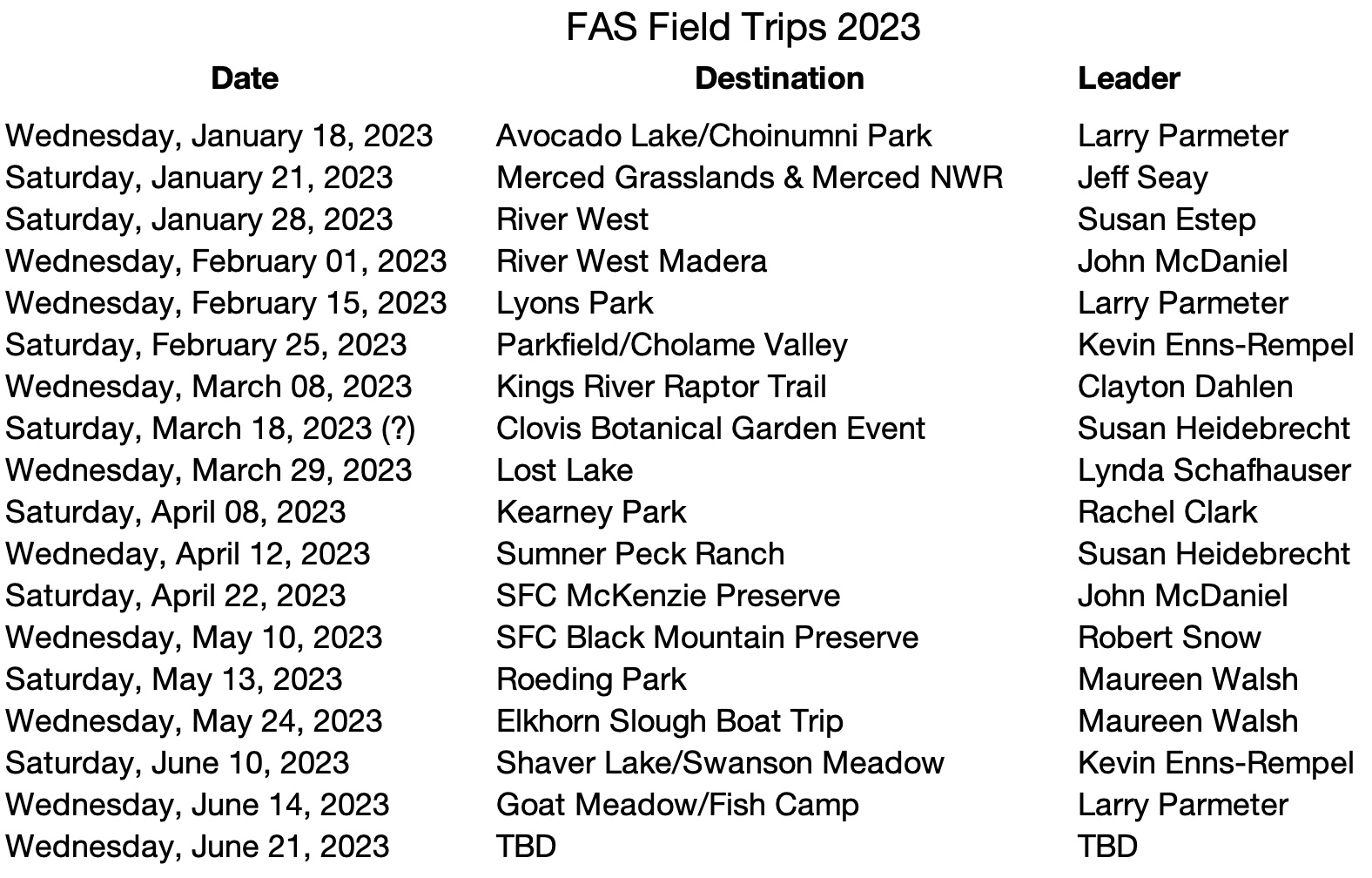
December Field Trip Reports
Owl Walk, Jensen River Ranch
7 December 2022
Susan Heidebrecht & Larry Cusick
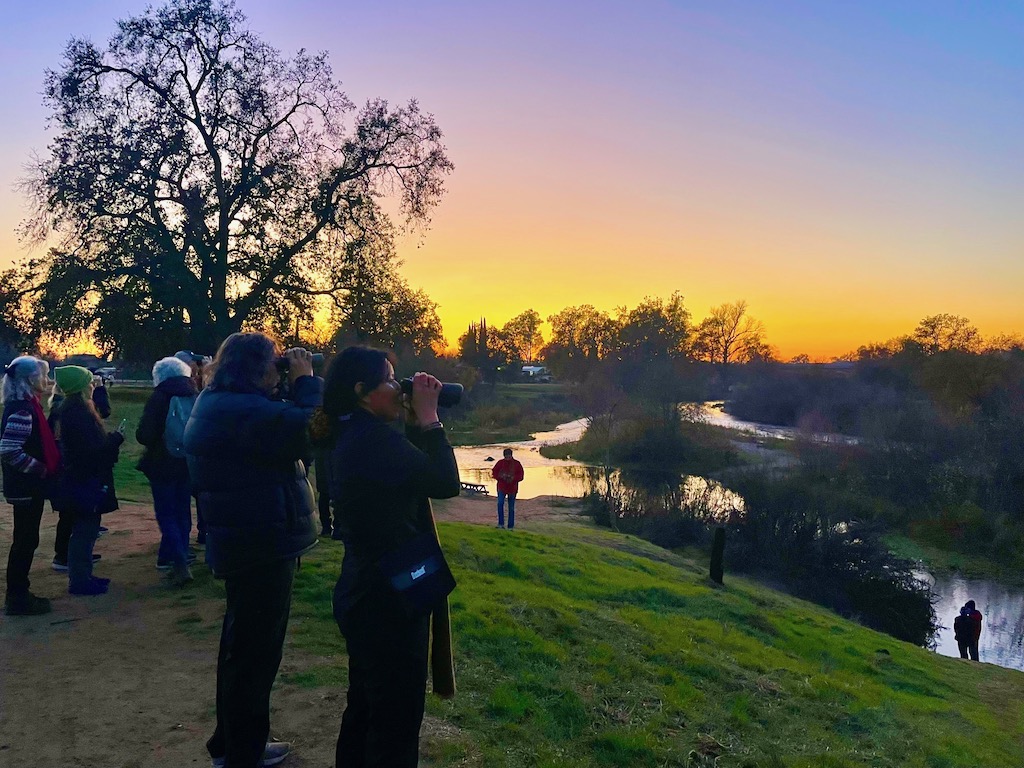
On Wednesday December 7th at 4pm 22 birders met at the northernmost parking area ( Fort Washington parking lot), of Woodward Park. Our destination, Jensen River Ranch. Before setting out, a Red-tailed Hawk appeared nearby, flying over the parking lot and landing in one of the sycamores that line the bluff. Two more Red-tails flew into the same tree before taking off once again. As we took the tree-lined northernmost foot trail that leads down along the bluffs to the ranch below we spied a juvenile Cooper’s Hawk perched in a tree above us. Once we were down on the ranch trail heading for the river we saw small flocks of gulls, a few lone cormorants and several Mallards flying overhead. A meadow lark was spotted as well as a small flock of bluebirds. The sun went down and the full moon rose as we made our way to the river. A Great Egret was seen by the rivers edge before flying away. Two Great Horned Owls were seen in the trees across the river from where we stood. Their cryptic coloring fading in the twilight, we watched as the owls became dark silhouettes. Many thanks to all who participated!
A total of 19 species were observed. The list is below.
- Mallard – 2
- Mourning Dove – 3
- California Gull – 70
- Double-crested Cormorant – 2
- Great Egret – 1
- Cooper’s Hawk – 1
- Red-tailed Hawk – 4
- Great Horned Owl – 2
- Northern Flicker – 4
- Black Phoebe – 2
- Ruby-crowned Kinglet – 1
- European Starling – 500
- Western Bluebird – 8
- Dark-eyed Junco – 2
- White-crowned Sparrow – 1
- Golden-crowned Sparrow – 1
- Spotted Towhee – 1
- Western Meadowlark – 1
- Yellow-rumped Warbler – 1
Merced National Wildlife Refuge
Wednesday 14 December 2022
Judy Johnson
More than 20 intrepid explorers braved beautiful weather to visit the Jewel of the San Joaquin Valley, Merced National Wildlife Refuge. After getting an overview of the refuge from the first observation deck, where two accommodating Sora were seen, the group began the auto tour. Ducks and geese were in abundance and a few Sandhill Cranes added to the spectacle. The continuing female Vermilion Flycatcher was seen, and a second immature bird appeared to have joined her. Numerous Red-tailed Hawks and several Northern Harriers were also present. A total of 62 species were seen. The group ended up their tour at the second observation deck at sunset to witness a stunning Sandhill Crane fly-in, all while being serenaded by a nearby pair of Great Horned Owls. The trip ended with several thousand geese taking wing, filling the darkening sky as the cranes settled in for the night.

Fresno-Madera Birds
by Jeff Davis
Including reports for the period of
November 16 to December 15, 2022
Rare at any season, a Horned Grebe was among the more common Eared Grebes at Fresno Wastewater Treatment Plant November 19 (ph. RG, ph. SONA). A Pectoral Sandpiper at the Madera Wastewater Treatment Plant November 22 (ph. GW) provided the latest fall record for our area.


We average only about four White-throated Sparrows per winter, so two at Lost Lake Park December 4 through the end of the period (RG, SE, GF, JM, LP) got us halfway there.

Whether late migrants or wintering birds, four Black-throated Gray Warblers at Wildwood Island November 27 (GW) established our only late November record.

Cited Observers: Sze On Ng Aaron, Susan Estep, George Folsom, Rick Grijalva, John McLaughlin, Leslie Power, and Gary Woods. ph. = photographed by.
If you make an interesting observation, we’d love to hear about it. We are especially interested in birds listed as casual or rare on the Fresno Audubon checklist and those found out of season, out of normal habitat, or in unusually large numbers. Please submit reports to eBird, the Fresno County Birders e-mail list, or Jeff Davis (jndavis@ucsc.edu).

Member Photographs
Please send your photos in jpeg format with a width of 1024 pixels and a resolution of 72 pixels/inch to dahlenmc@yahoo.com with how you want the photo credit to read. Birds may be from anywhere. Limited space may restrict publication to a later issue. We will also showcase your photos on our social media.
Judy Johnson
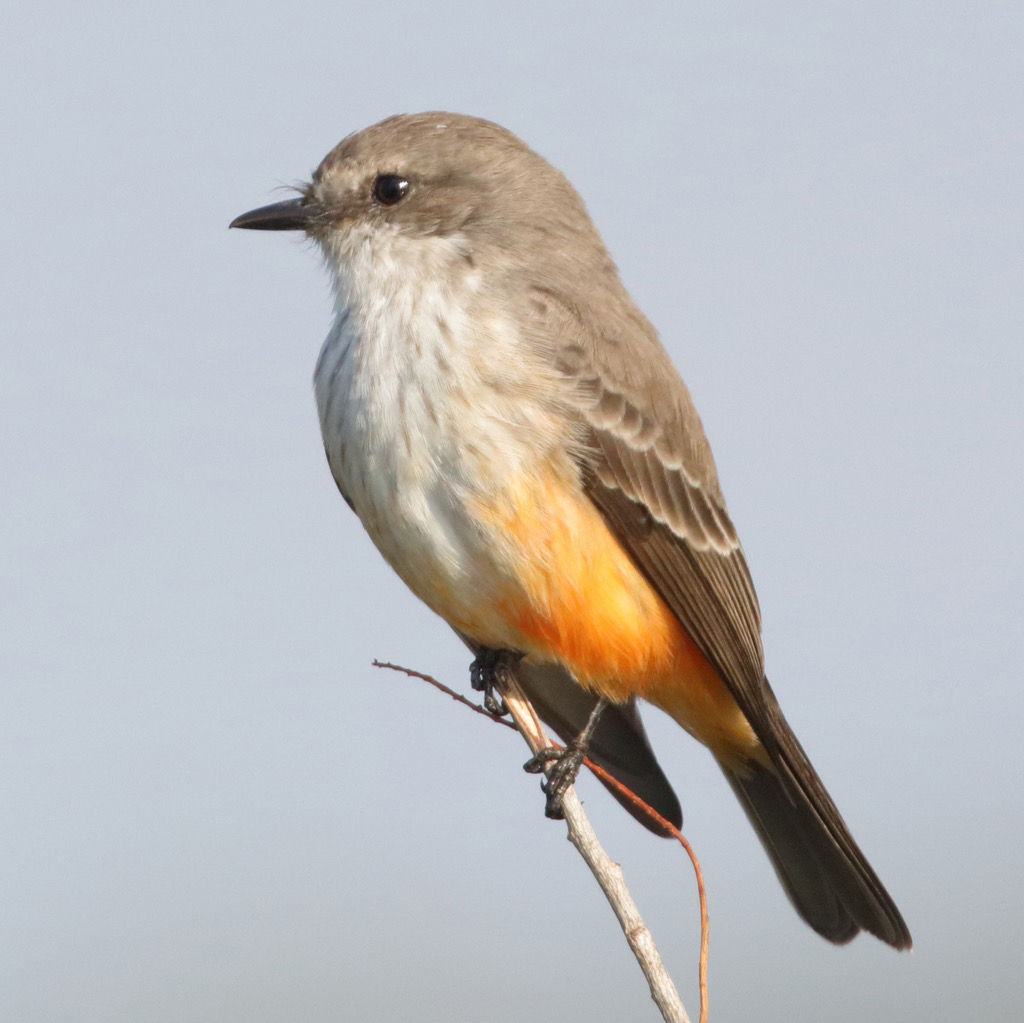
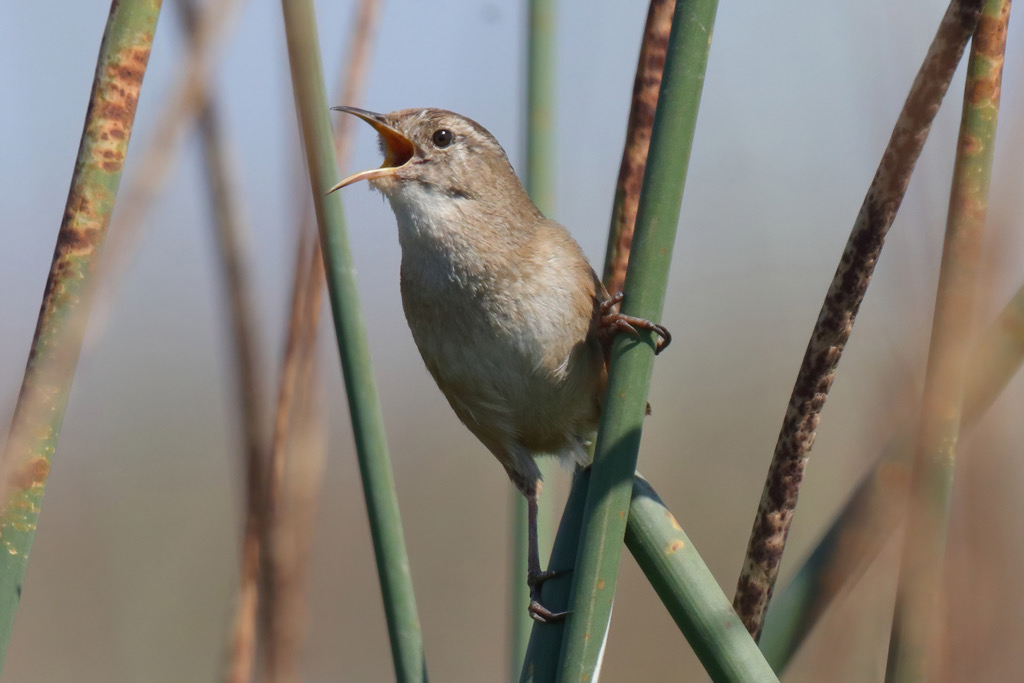
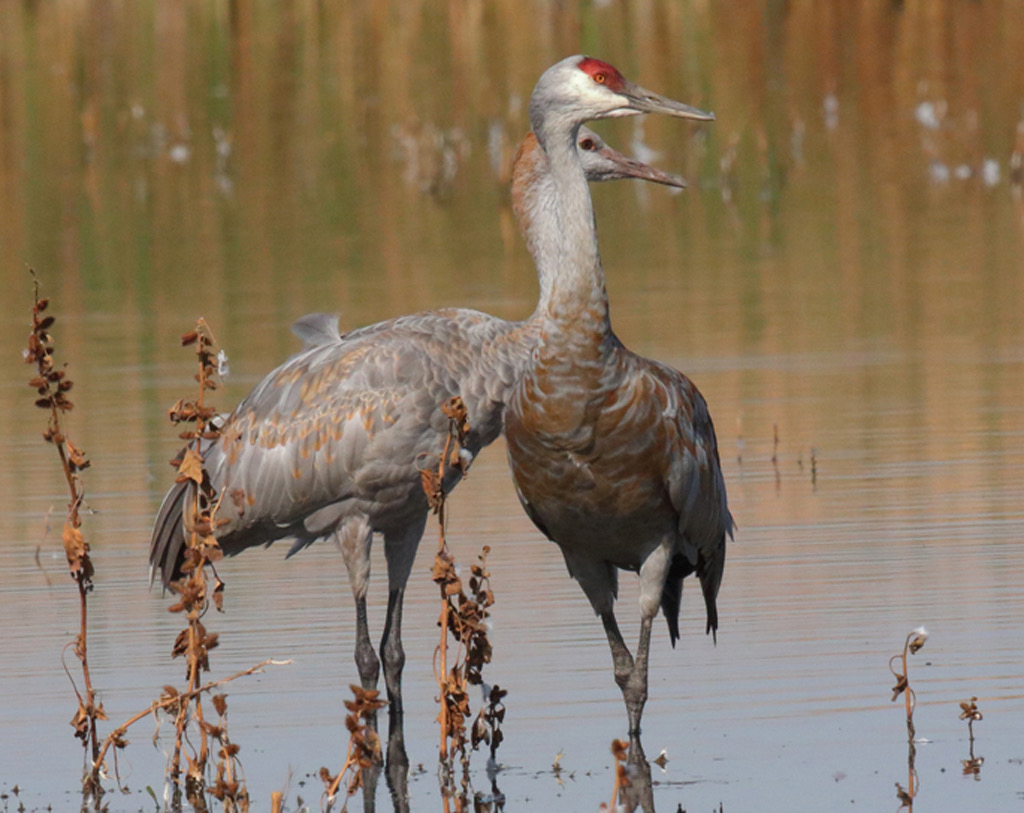
Larry Cusick
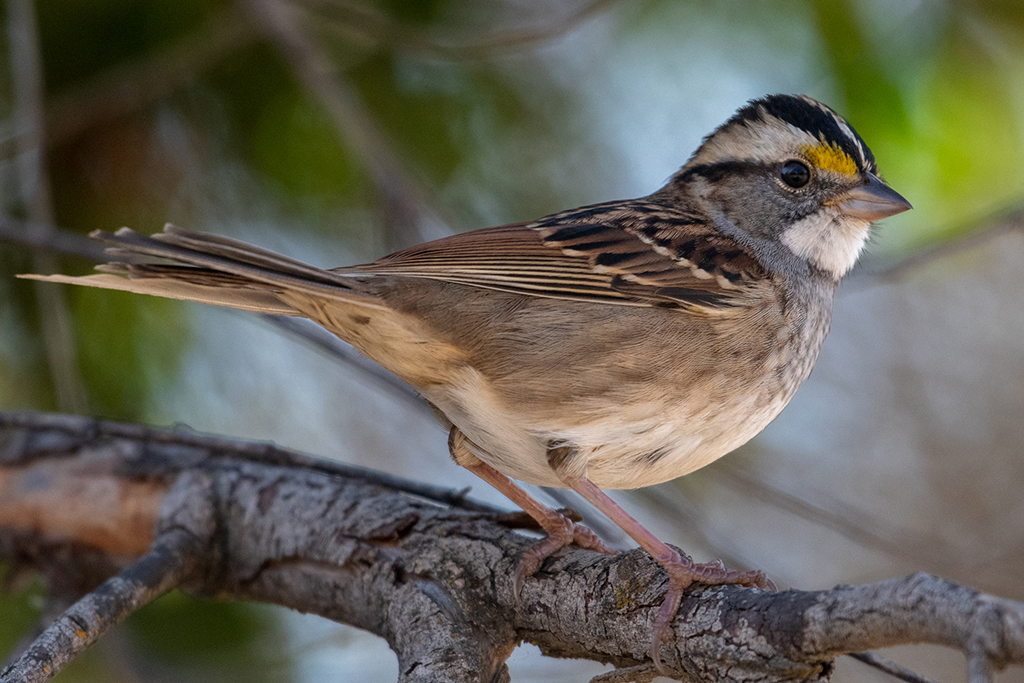
Rick Sexty
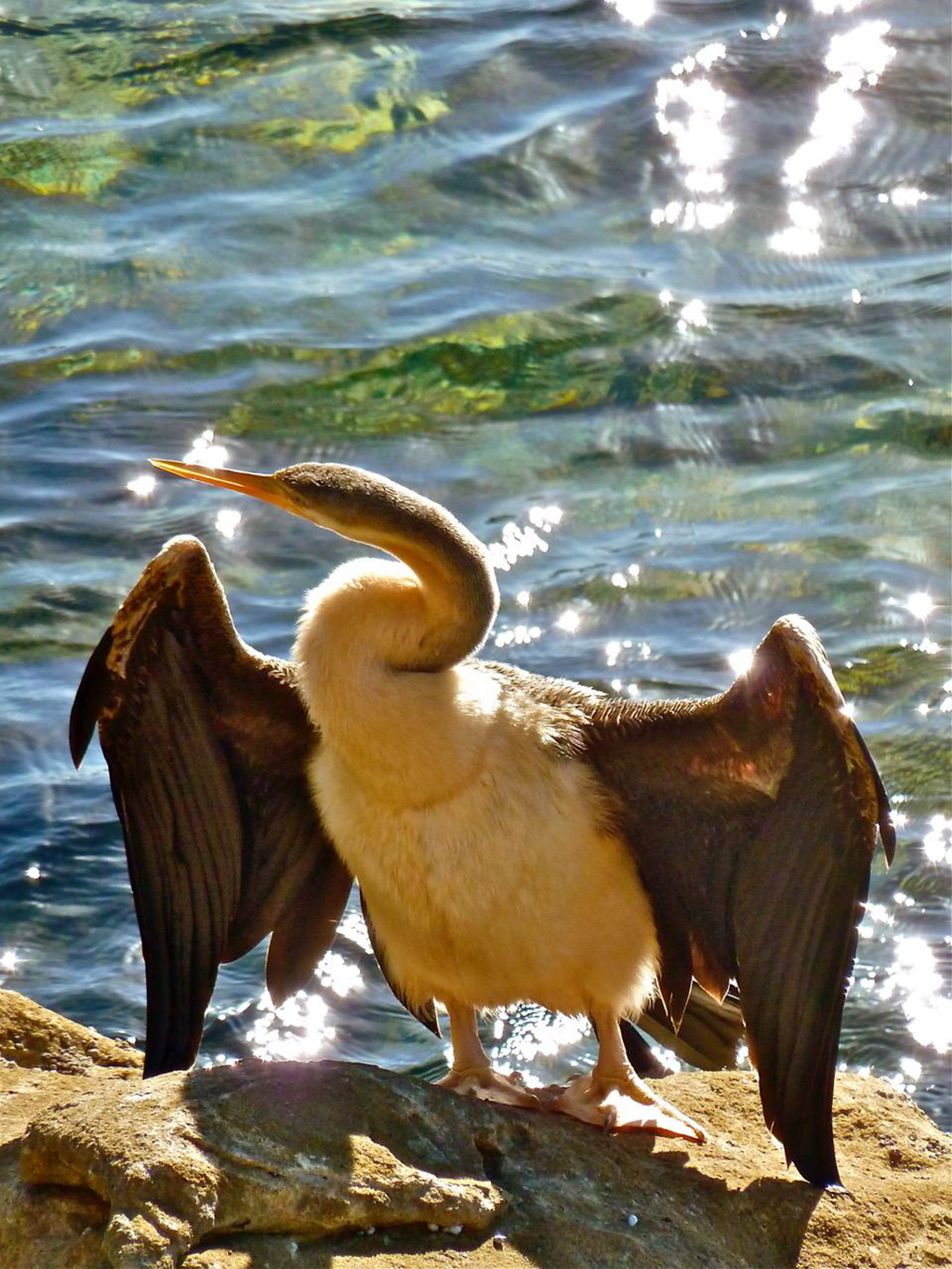

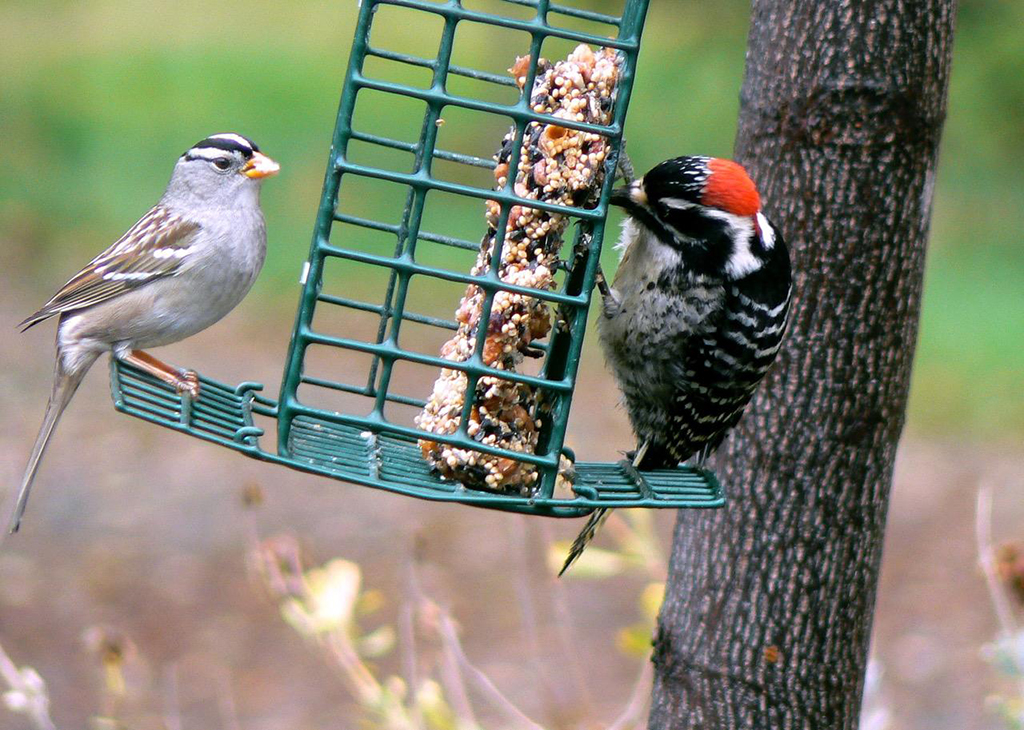
Deborah Weber
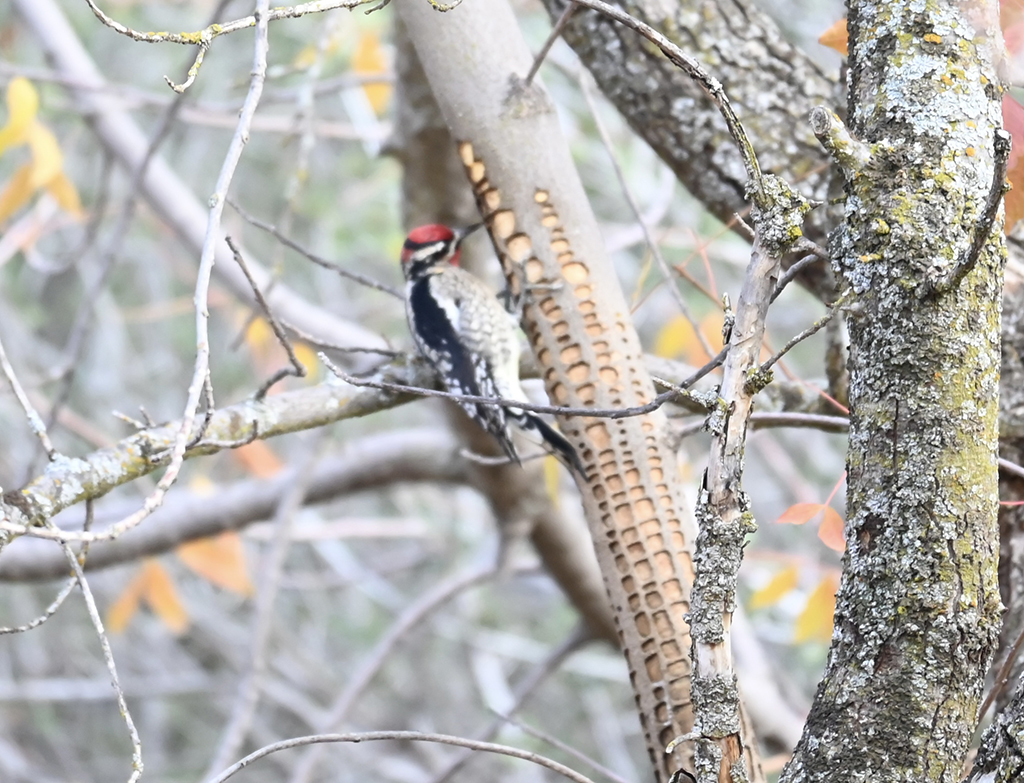

Birds in the News
Links to Recent Articles on Birds
Audubon California Receives $500K from General Motors for Work on Salton Sea
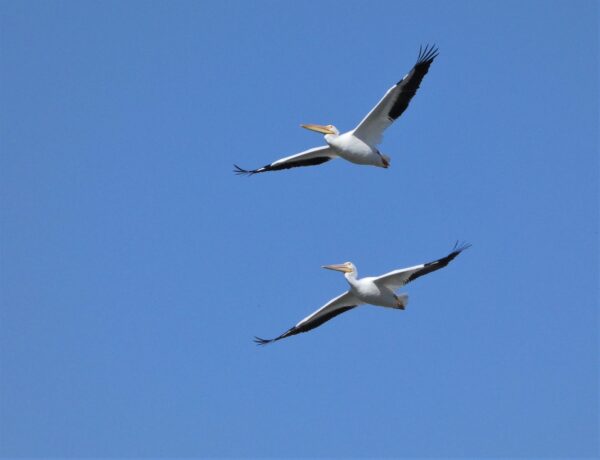
Salton Sea, Calif., Nov. 29, 2022)—Audubon California today announced that it is the recipient of a $500,000 grant from General Motors to help support its work restoring California’s beleaguered Salton Sea. Audubon will use the funds towards the design of public recreational access facilities at the 900-acre Bombay Beach wetland restoration site; to conduct research into the lake’s biofilm, or bacterial species; to assess its overall ecosystem health; and to engage local communities on the Sea and its future.
Five of the Best Bird Photographers We Know
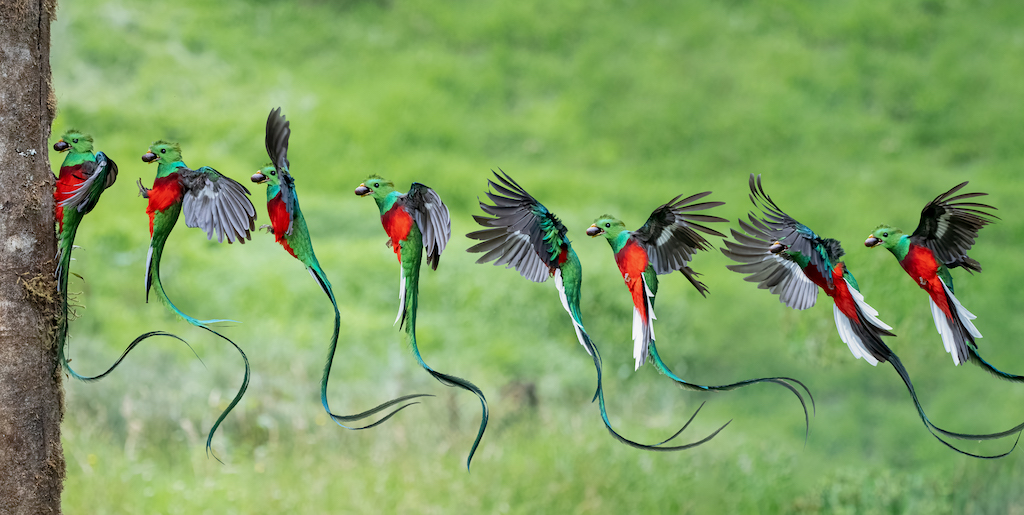
Having a camera with a super high burst rate helps for sure. Bird-AF mode makes tracking birds in flight a lot easier too. But it takes more than just technical superiority to get great images of our feathered friends. These five photographers have spent years mastering their skills and avian know-how in order to capture amazing photos of birds in their natural habitats.
They Fought the Lawn. And the Lawn’s Done.

Janet and Jeff Crouch do not know which flower or plant may have pushed their longtime next door neighbor over the edge, prompting him to pen complaint after complaint about the state of their yard. Perhaps it was the scarlet bee balm that drew hummingbirds in darting, whirring droves. Or the swamp milkweed that Monarch butterflies feasted upon before laying their eggs. Or maybe it was the native sunflowers that fed bumblebees and goldfinches. Whatever it was, their neighbor’s mounting resentment burst to the fore in the fall of 2017, in the form of a letter from a lawyer for their homeowner association that ordered the Crouches to rip out their native plant beds, and replace them with grass.
Previously extinct bird, gecko populations from the Galapagos Islands have reappeared
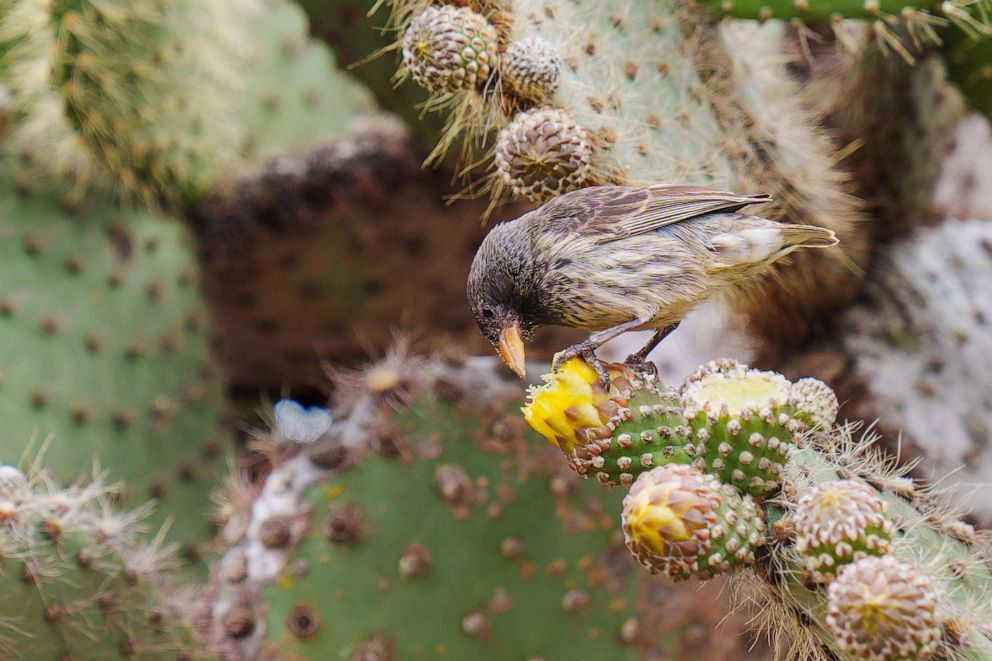
Two species that were previously extinct on the Galapagos Islands have reappeared a decade after an invasive predator population was eradicated, showing how impactful restoring and re-wilding ecosystems can be for addressing some of the world’s environmental and biodiversity crises, according to scientists. Locally extinct cactus finches and geckos are now “thriving” in their restored habitats, according to biologists who recently traveled to the Rabida and Pinzon islands in the Galapagos to monitor the wildlife recovery 10 years after the removal of an invasive rodent species, according to Island Conservation, a nonprofit organization that focuses on preventing extinctions by removing invasive species from islands.
Bird diversity increased in severely burned forests of southern Appalachian mountains

A new study found bird diversity increased in North Carolina mountain forest areas severely burned by wildfire in 2016, reinforcing that while wildfire can pose risks to safety and property, it can be beneficial to wildlife. The study results could help forest managers better predict bird responses to wildfire, and manage forests to benefit birds.
Union representing Audubon workers files charges against National Audubon Society
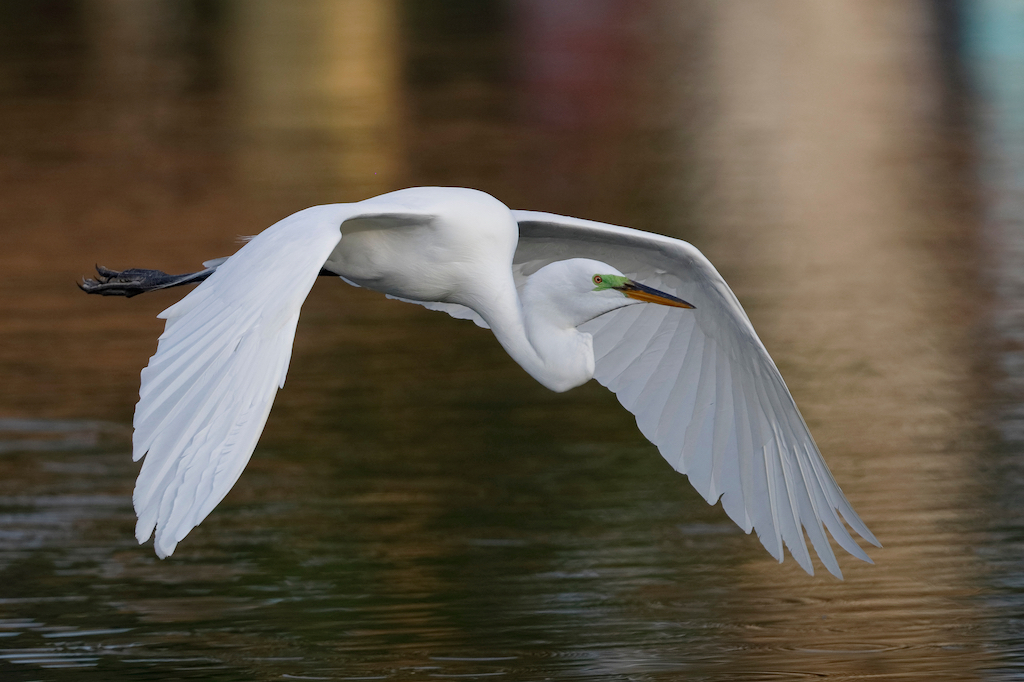
New understanding of how woodpeckers hammer trees
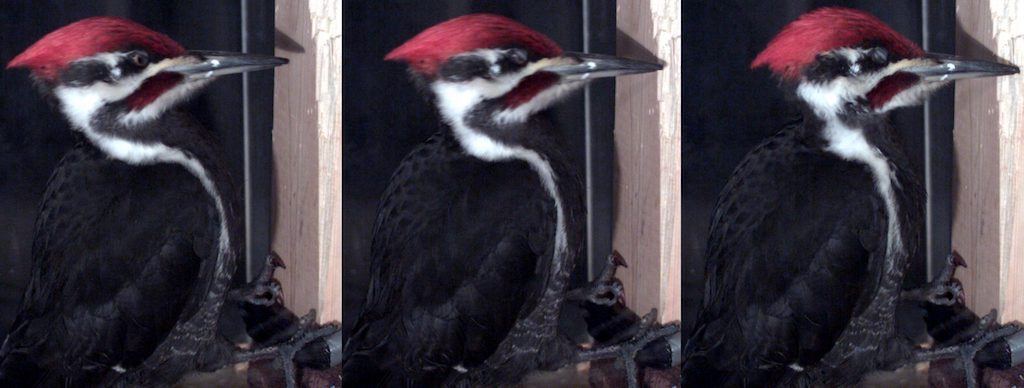
One of the great pleasures of winter is listening for drumming woodpeckers. Their loud tattoos ringing out on a frigid, otherwise silent northern landscape fill me with hope that winter will eventually come to an end even as I marvel at the adaptations that allow these splendid birds to slam their faces into solid wood. Natural selection would obviously favor physiological and morphological modifications protecting woodpeckers from concussions and long-term brain damage. But natural selection must also favor adaptations making their percussive pecks as loud as possible and their hammering as powerful as possible to dig out insects deep in the wood and excavate nesting and roosting cavities. The need for both protection and power would seem to be diametrically opposed.
Three Years After 3 Billion Birds Lost, America’s Birds Are Still In Decline
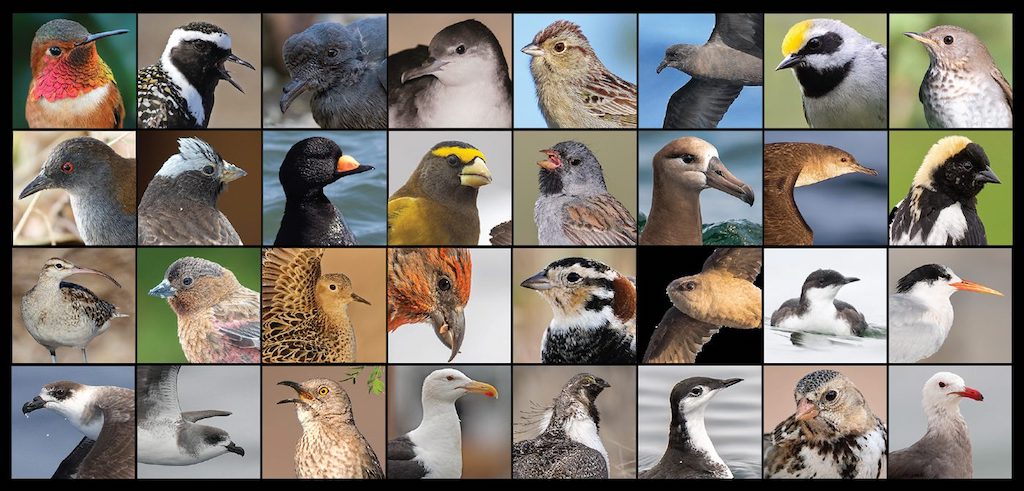
Almost exactly three years after research published in the journal Science showed that North America had lost 3 billion breeding birds since 1970 (see Vanishing, Autumn 2019), the 2022 State of the Birds Report for the United States found that bird declines are continuing in almost every habitat, except wetlands—a finding that could provide a strategy for improving outcomes for all birds. The report, released on October 12, 2022, reveals that bird populations in forests, grasslands, deserts, and oceans are struggling.


Sorry, the comment form is closed at this time.